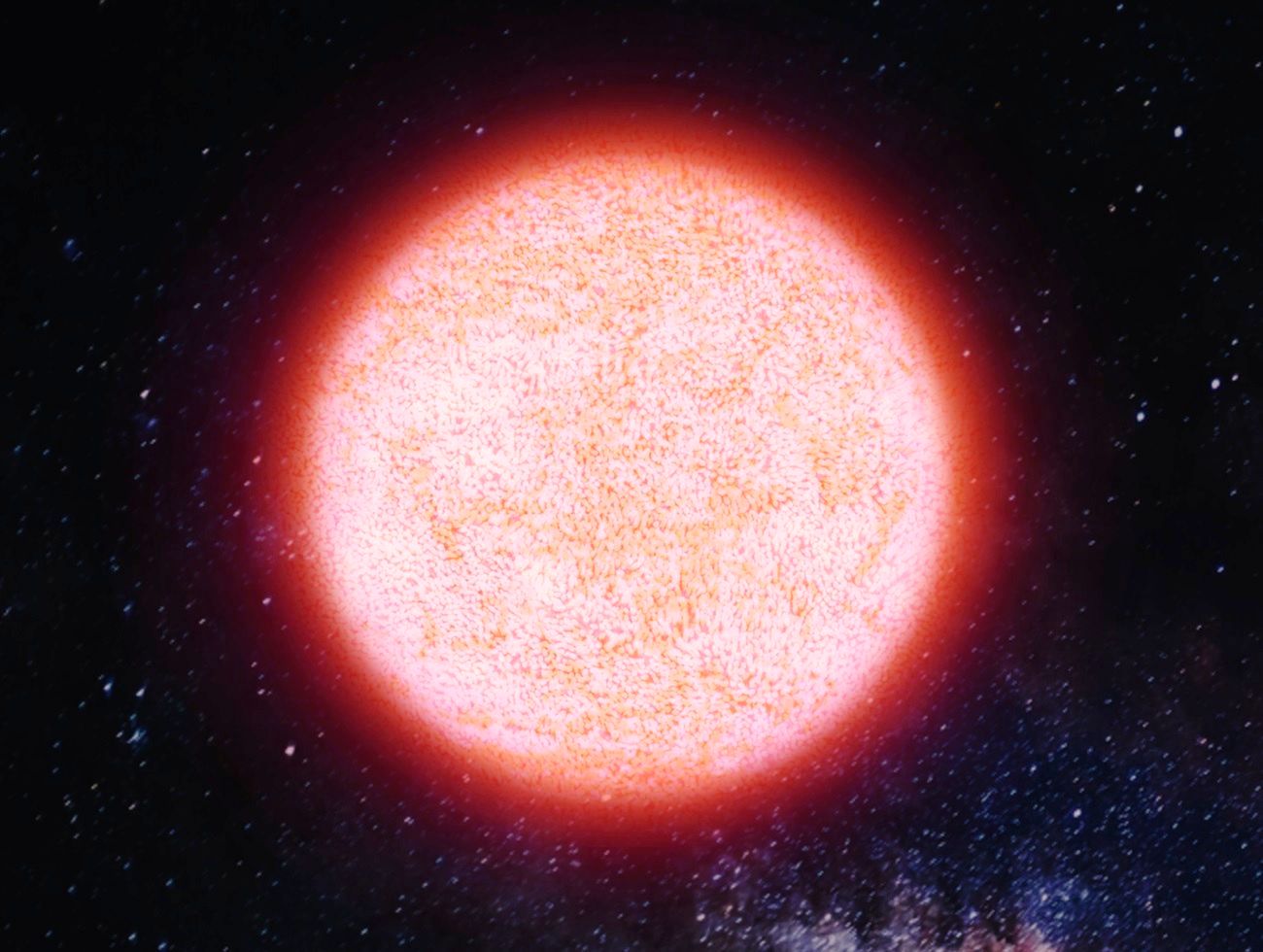
Scientists on Thursday published research related to a red giant star explosion they witnessed in real-time– a first for the history of astronomy.
When a star reaches the end of its lifecycle, it explodes and “goes supernova,” releasing a burst of energy and chemicals into the universe. These events are some of the most significant things that can take place in space, as they are often dramatic, forceful, and, most of all, a chemical breeding ground.
When a star explodes, it quickly collapses itself and then suddenly explodes, using the hydrogen, helium, and other elements in its core as fuel.
The team of astronomers watched the red giant as it was exploding using a telescope in Hawaii. The star died in September of 2020, but the team has just now published its observations for the first time:
“This is a breakthrough in our understanding of what massive stars do moments before they die,” said Wynn Jacobson-Galán, an astronomy National Science Foundation Graduate Research Fellow at the University of California Berkeley and the lead author of the study. “For the first time, we watched a red supergiant star explode!”
Astronomers are on the hunt for their next pre-supernova star
The star was positioned roughly 120 million light-years away from Earth in NGC 5731, and contained 10 times the mass of the sun. The event is officially known as SN 2020tlf.
The astronomers made conducted their research at the Keck Observatory in Waimea, Hawaii, using multiple telescopes to analyze the galaxy where the star was located. The team had been watching the star since January 2020, 9 months before its eventual explosion.
The team noted that the star displayed a fascinating glow of extra light in the last four months of its life, causing the team to believe that red supergiants alter their behavior before exploding– something shad not previously considered.
“It’s like watching a ticking time bomb,” said one of the study’s senior authors Raffaella Margutti, another astronomer based at UC Berkeley. “We’ve never confirmed such violent activity in a dying red supergiant star where we see it produce such a luminous emission, then collapse and combust, until now.”
The team is hungry for their next pre-supernova discovery so that they can build on the momentum of their work in Hawaii.
“I am most excited by all of the new ‘unknowns’ that have been unlocked by this discovery,” Jacobson-Galán said. “Detecting more events like SN 2020tlf will dramatically impact how we define the final months of stellar evolution, uniting observers and theorists in the quest to solve the mystery on how massive stars spend the final moments of their lives.”
https://news.google.com/__i/rss/rd/articles/CBMiOmh0dHBzOi8vZ3JlZWtyZXBvcnRlci5jb20vMjAyMi8wMS8wOC9tYXNzaXZlLXN0YXItZXhwbG9kZS_SAQA?oc=5
2022-01-08 08:44:48Z
1220698371
Tidak ada komentar:
Posting Komentar